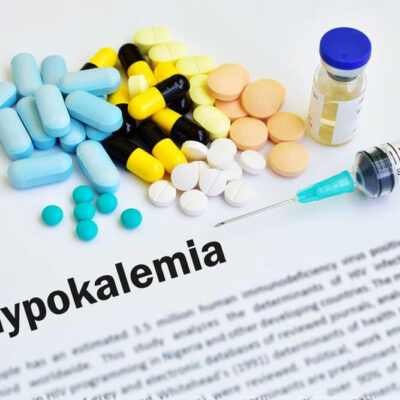
Stages of Lyme disease
Lyme disease is a bacterial infection usually caused by the bite of an infected tick. Lyme disease is usually caused by four different species of bacteria, namely Borrelia burgdorferi, Borrelia mayonii, Borrelia afzelii, and Borrelia garinii.
If not treated, this disease produces a wide range of symptoms, depending on the stage of infection. There are 3 stages of the infection:
Localized Lyme disease
Generally, early symptoms start manifesting within a few hours or days, or they may even take a few weeks to develop after the bite of an infected tick. During this stage, the infection has not spread throughout the body, which makes it easy to cure the disease at this stage. The symptoms are as follows:
- Erythema migrans are rashes that are usually considered to be the signs of the early stages of Lyme disease. They are not generally caused by an infected tick bite, but it is an outward sign of severe Lyme disease.
- Fever of 100 to 102 degree F
- A stiff neck
- Irregular heartbeat
- Abnormal pulse
- Eye inflammation
- Severe fatigue
- Chills
- Sore throat
- Headaches and body aches
Early disseminated Lyme disease
During this stage, the bacteria spread through the bloodstreams and the infection spreads all over the body. The symptoms are as mentioned:
- Blurred vision
- Rashes may appear on the body
- Facial paralysis
- Heart problems like palpitations and chest pain
- Enlarged lymph nodes
Late disseminated Lyme disease
If left untreated, the disease worsens and may persist for months or a year. At this stage, the disease is difficult to be treated, and the treatment also becomes expensive. The symptoms of this stage are:
- Arthritis may affect one or multiple joints and cause joint pain, stiffness, inflammation, and swelling.
- Brain disorders like encephalopathy, which is a disorder that affects the functioning of the brain.
- Neurological symptoms get worse, which also leads to a condition called neuroborreliosis. Neuroborreliosis is a disorder caused in the central nervous system, and it leads to sleep disturbances and also increases intracranial pressure.
- Meningitis is the inflammation of the meninges covering the brain and spinal cord. It is a bacterial or viral infection that usually causes swelling around the brain and spinal cord.
- Bell’s palsy is considered as a reaction to a viral infection. It is a condition that paralyzes one side of the face as a result of damage to the facial nerves.
- Episodes of fatigues, shortness of breath, and dizziness.
- Short-term memory loss.
- Mental fogginess, which is a difficulty in concentrating and following conversations.
Mostly, recovering from the disease is easy with appropriate antibiotics and proper treatment. The sooner treatment is administered, the better is the recovery. Some people may experience post-treatment effects like fatigue, pains, and muscle aches, and pain medications are provided for those who experience post-treatment Lyme disease syndrome (PTLDS) or post-Lyme disease syndrome (PLDS). The reason for PTLDS is still unknown, but it automatically resolves within six months.


